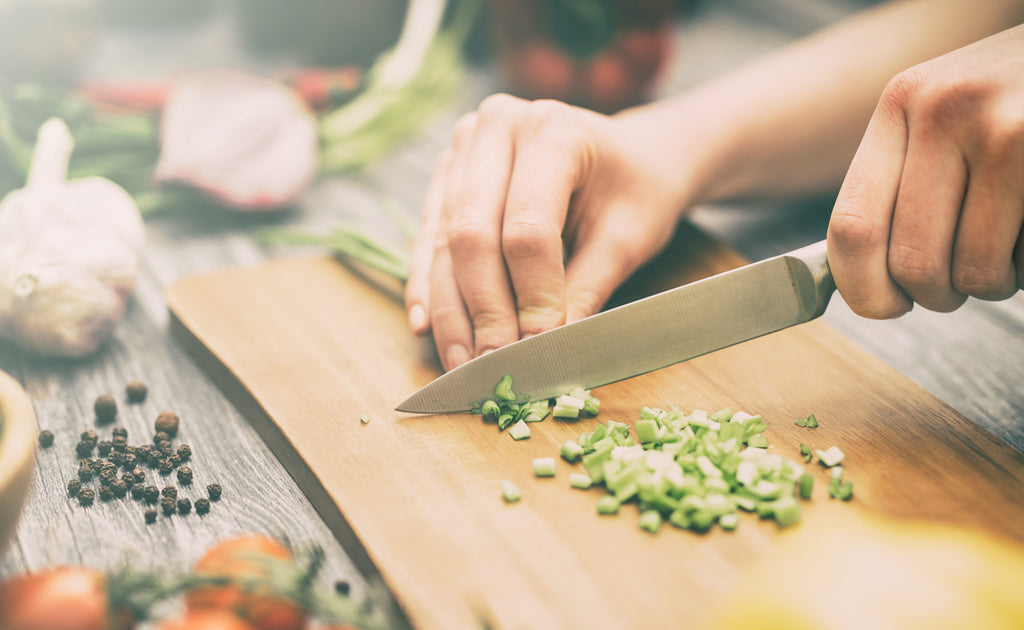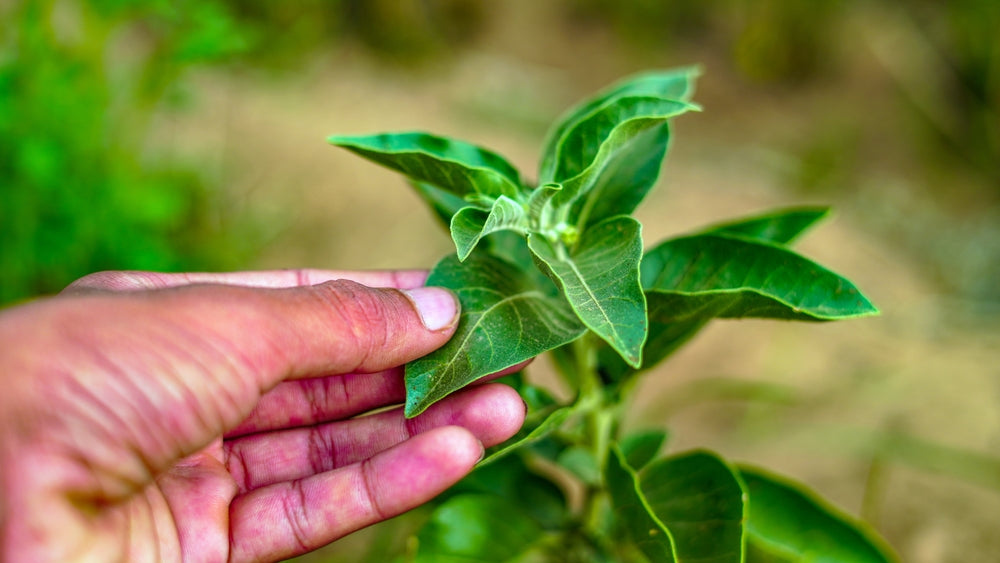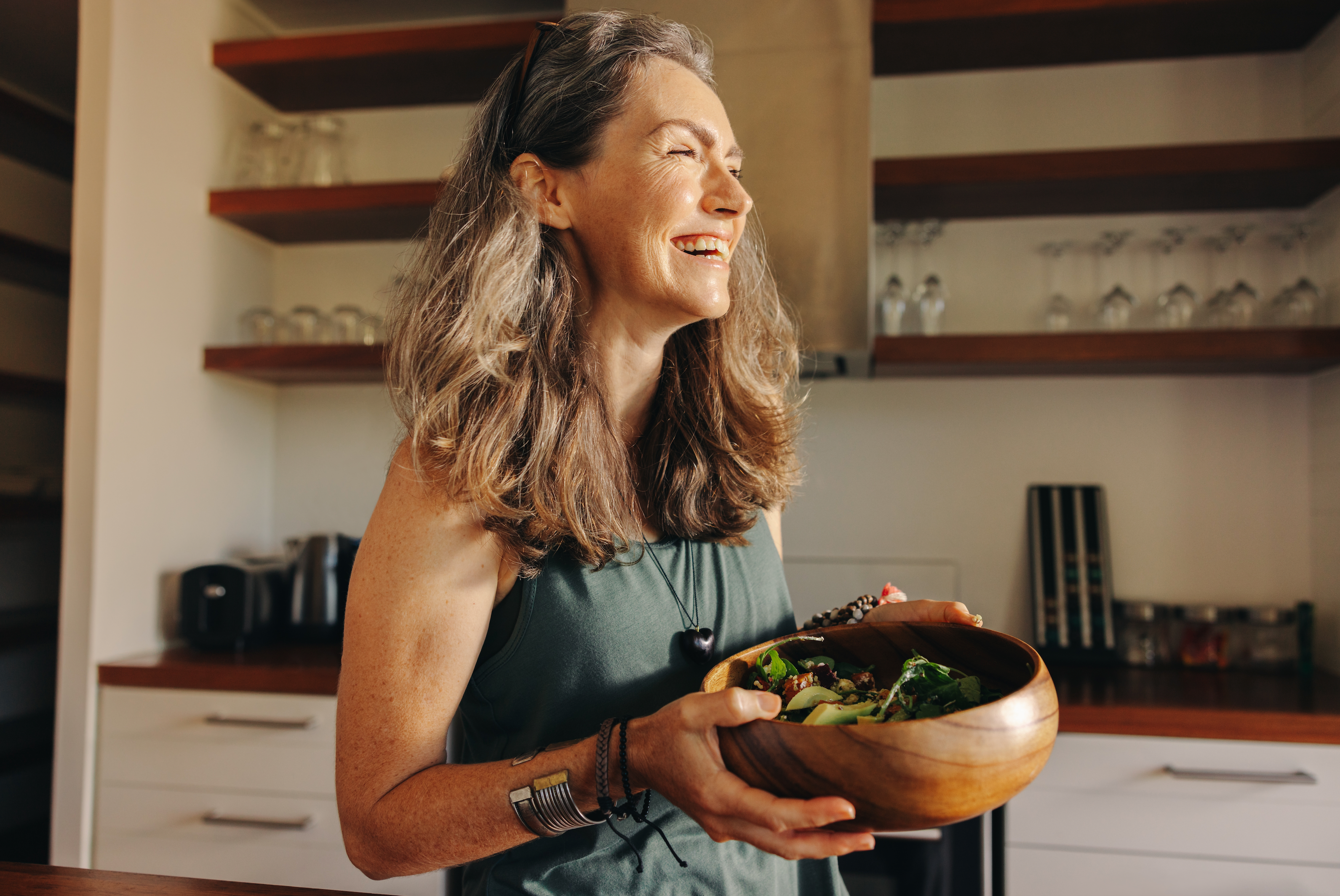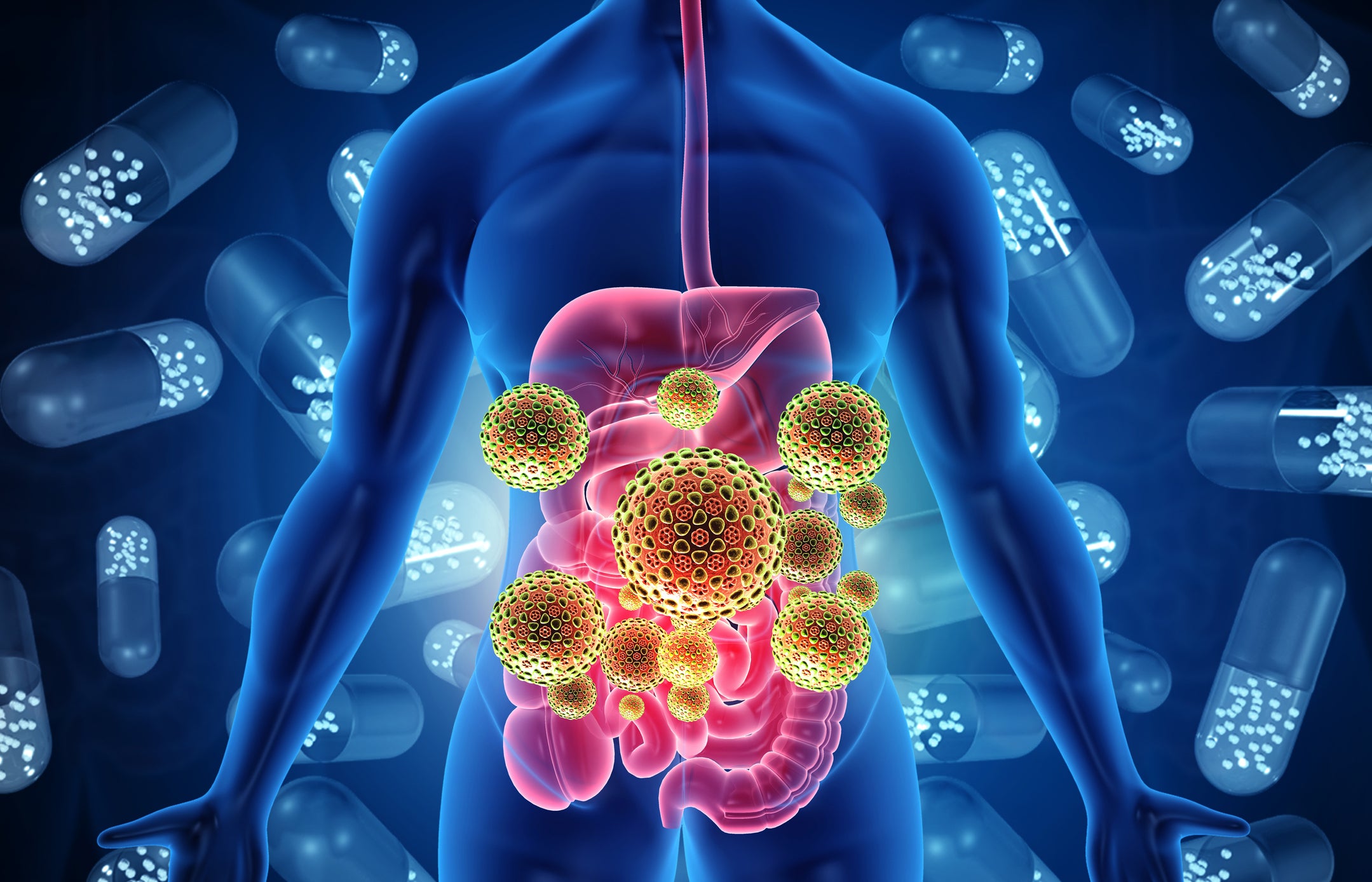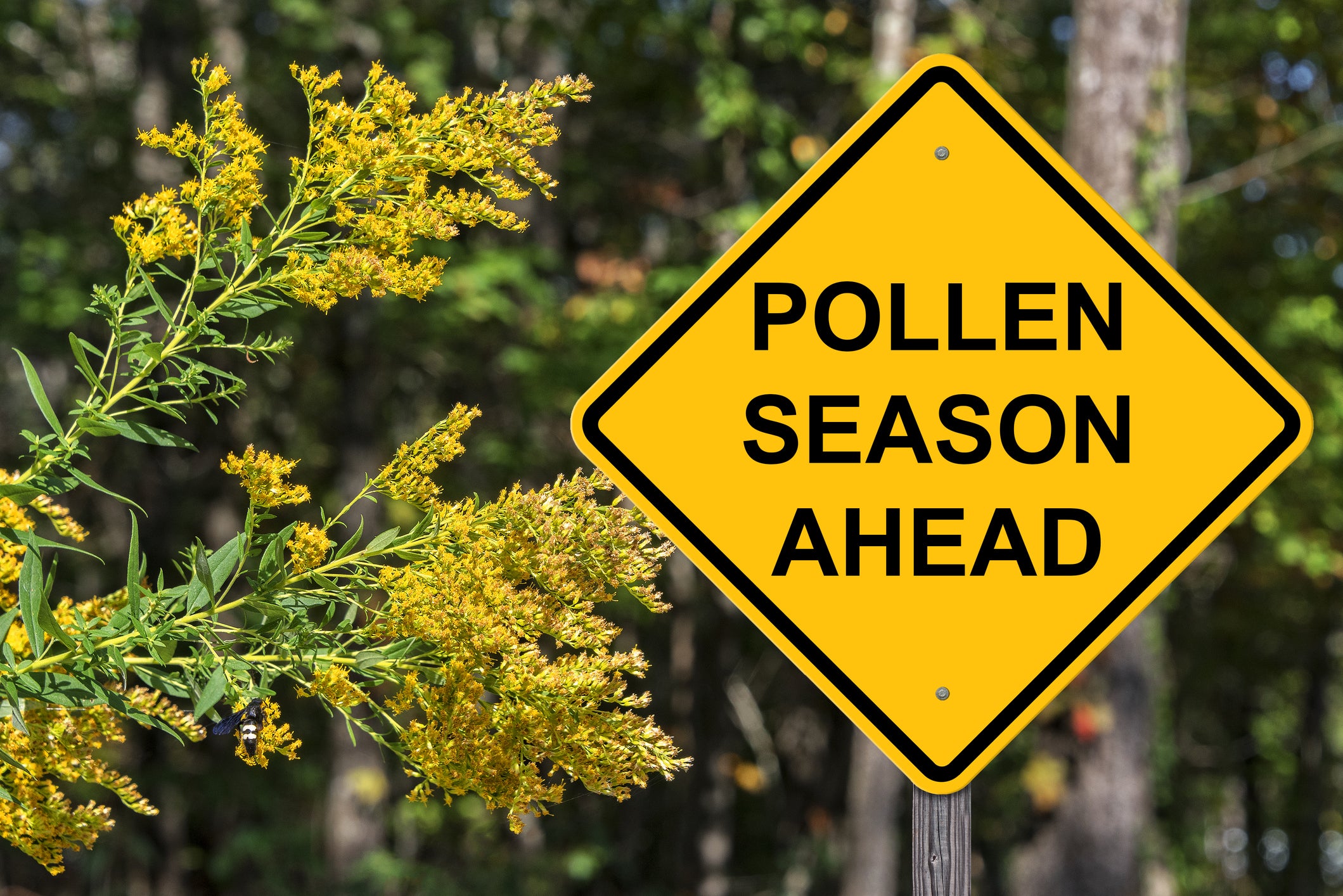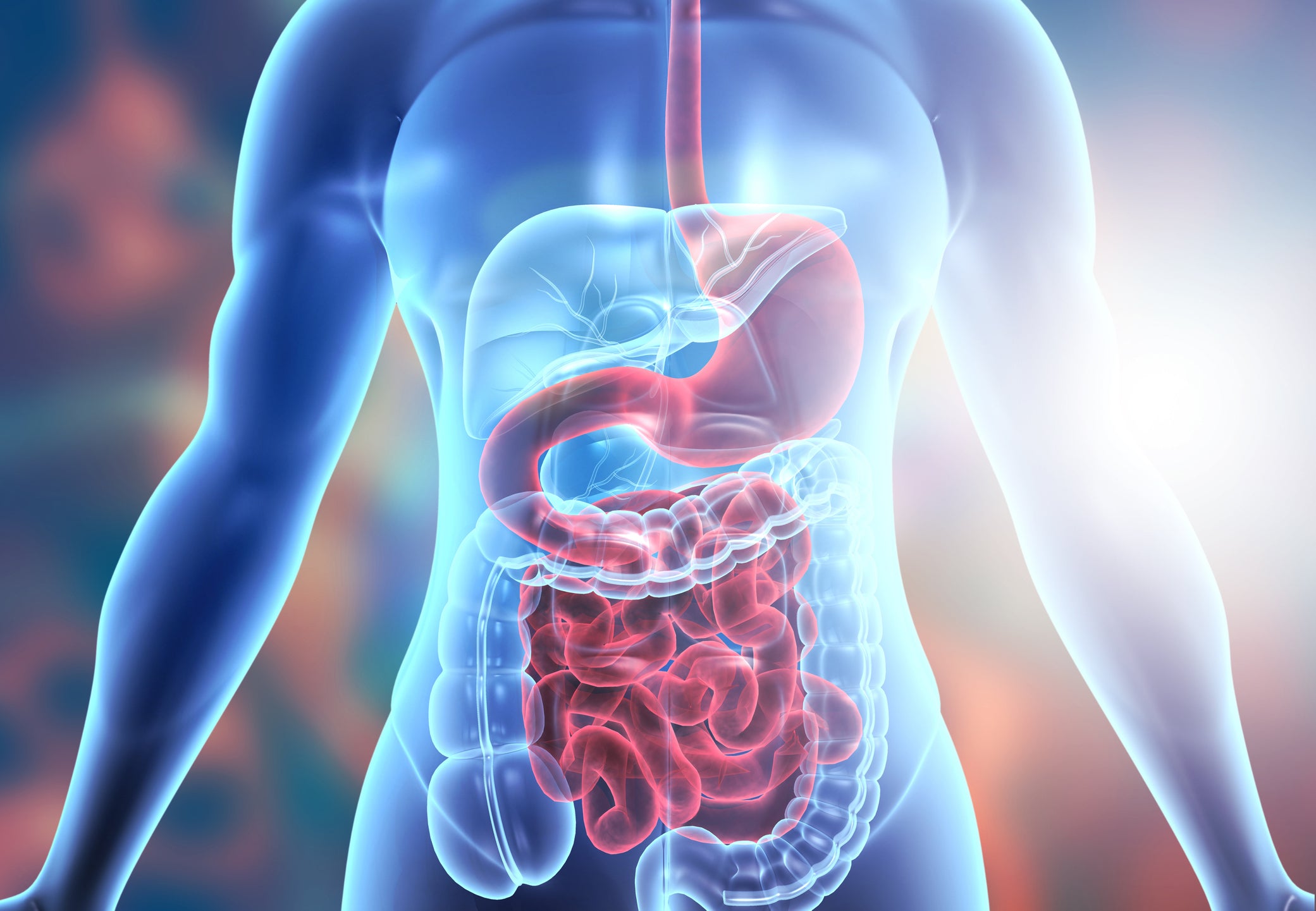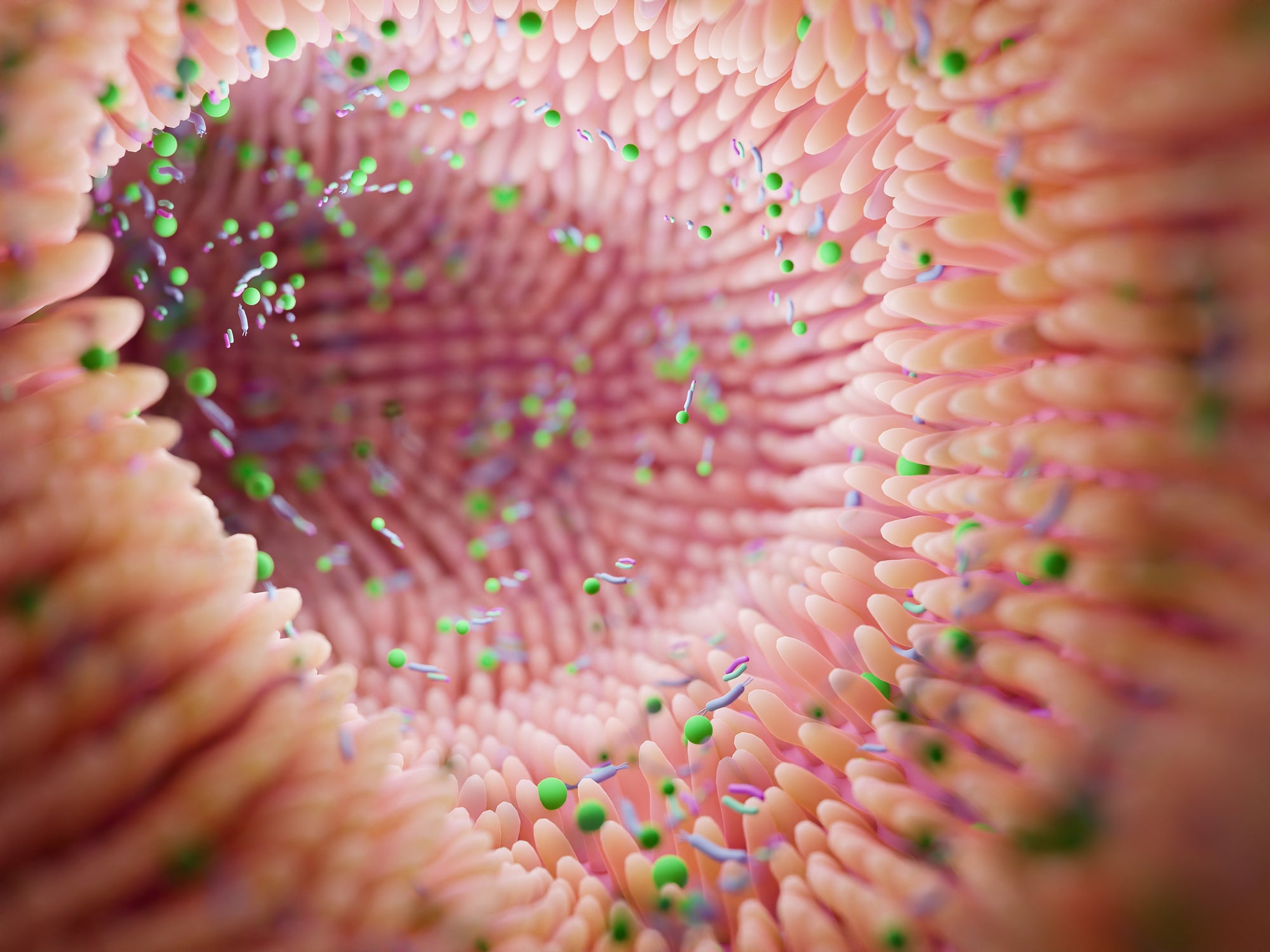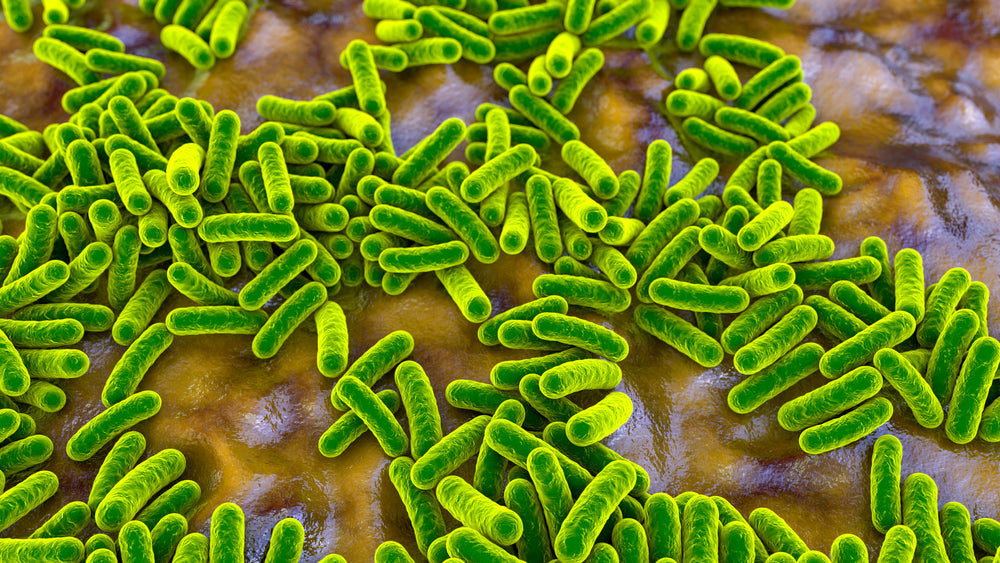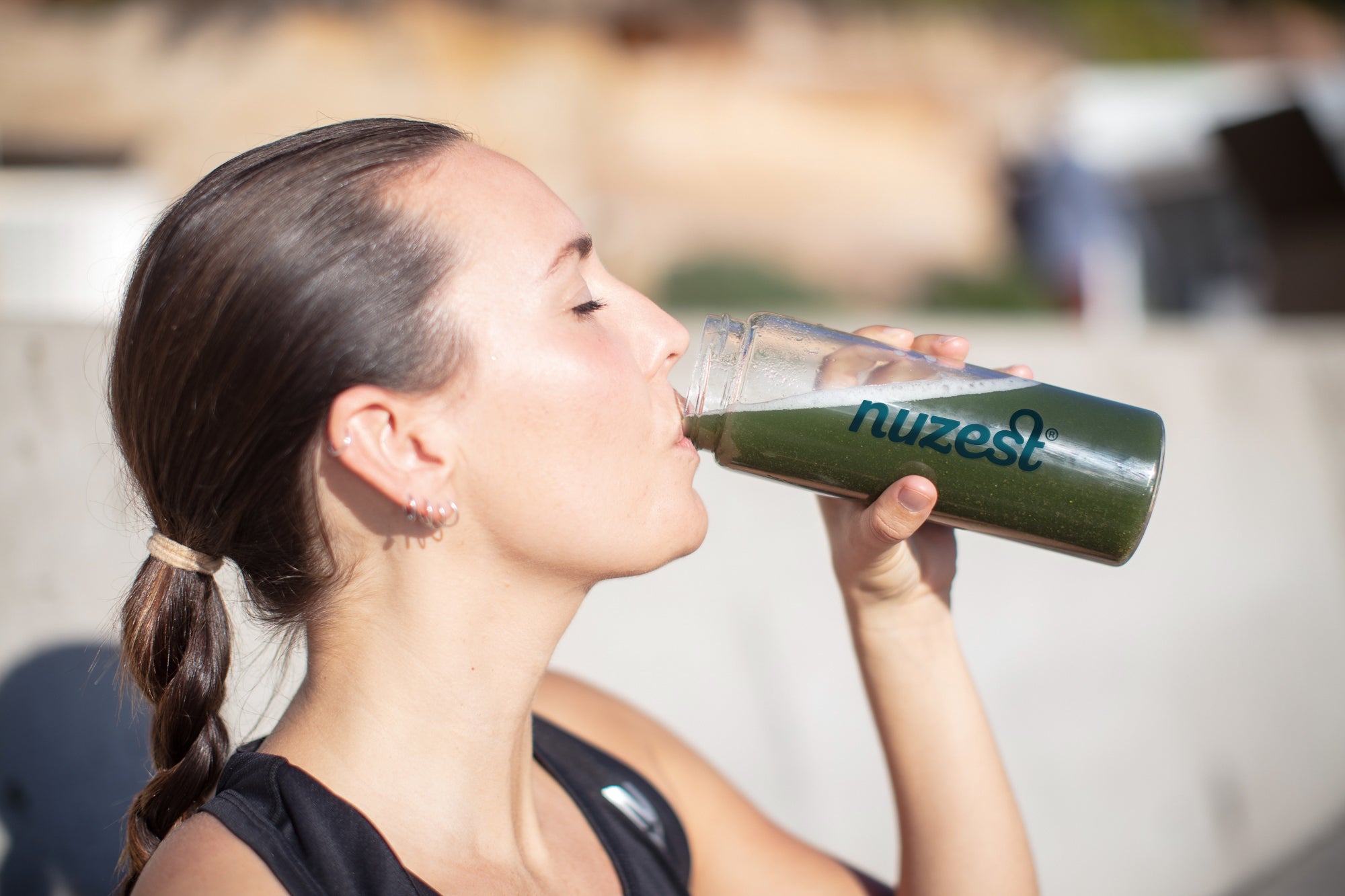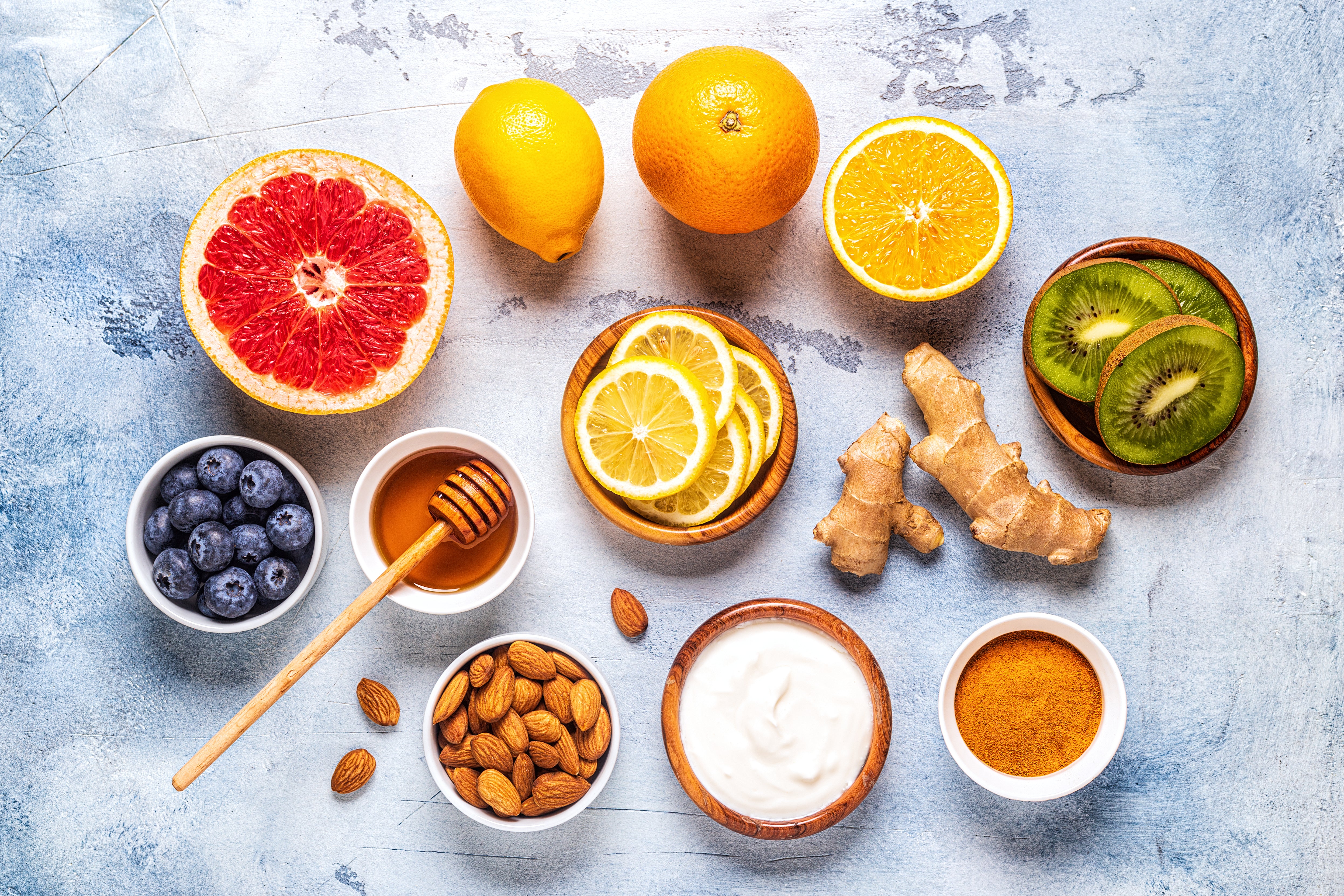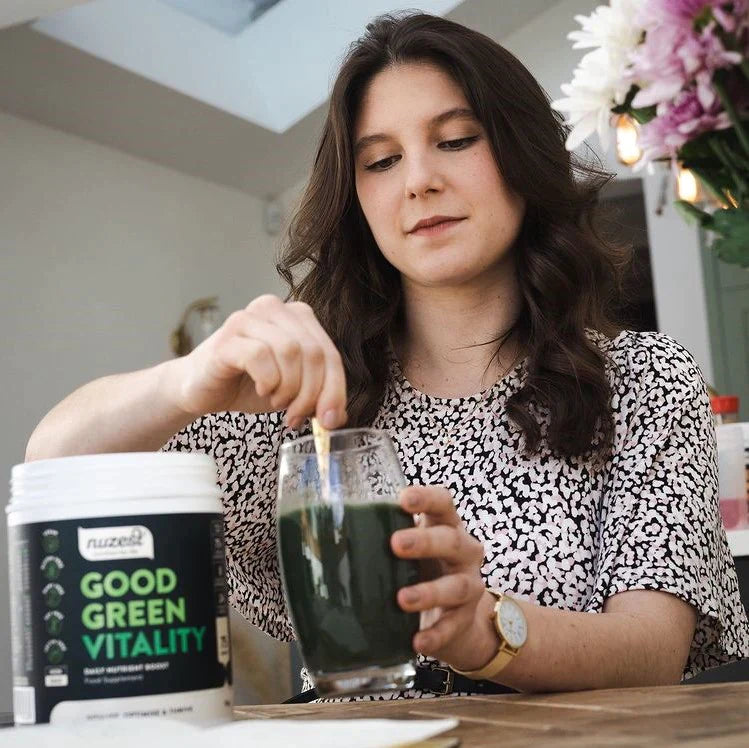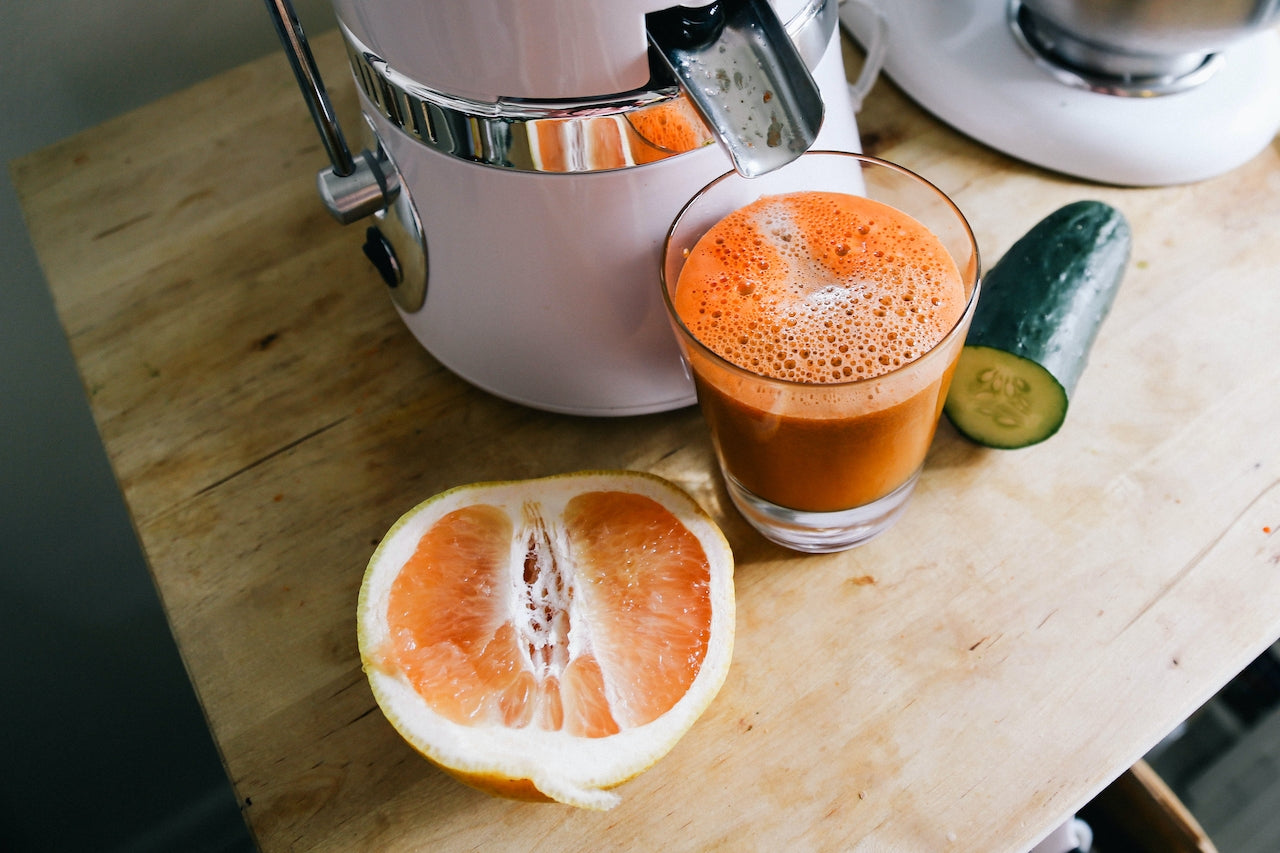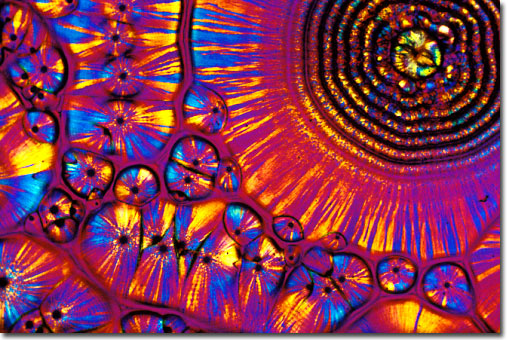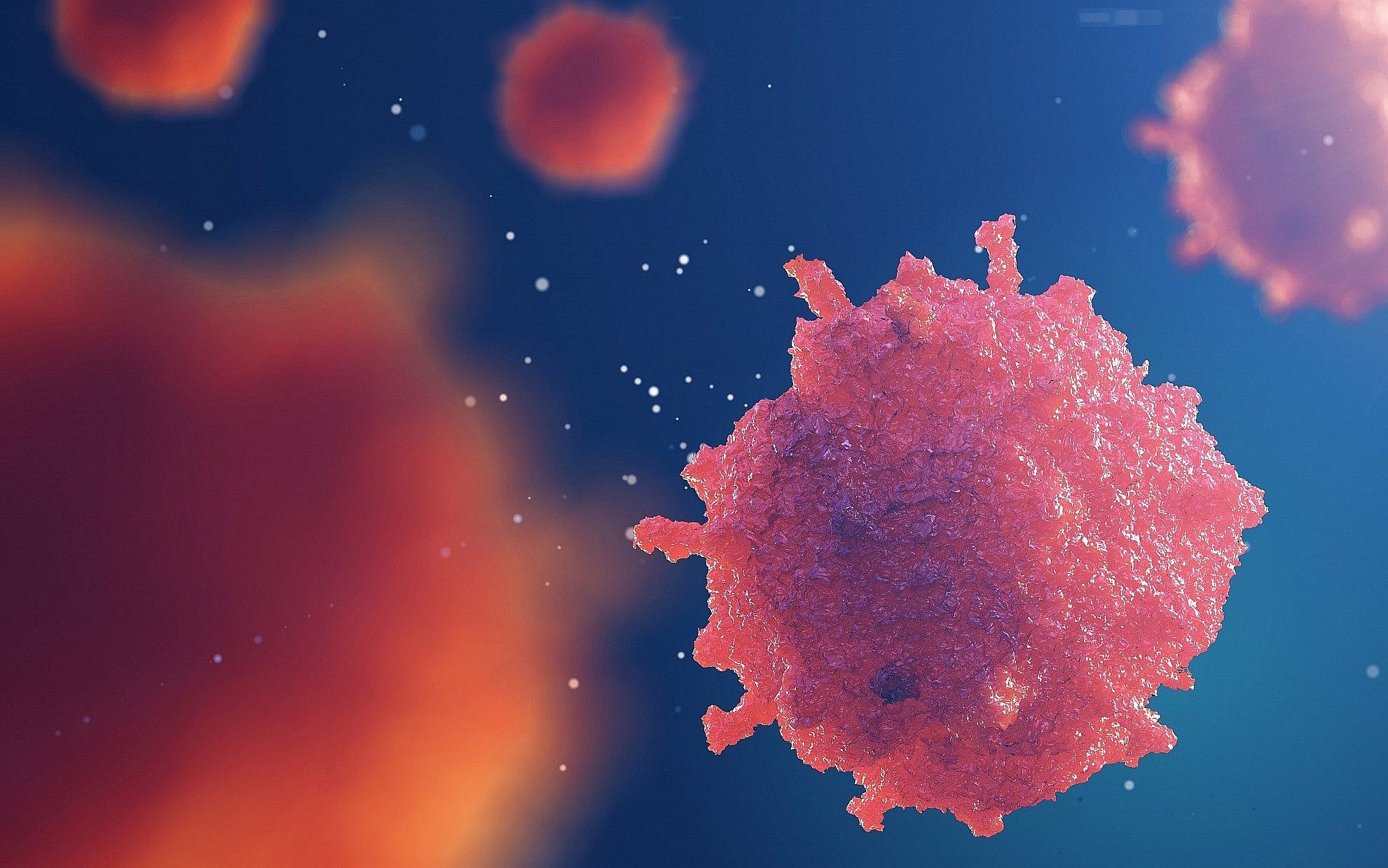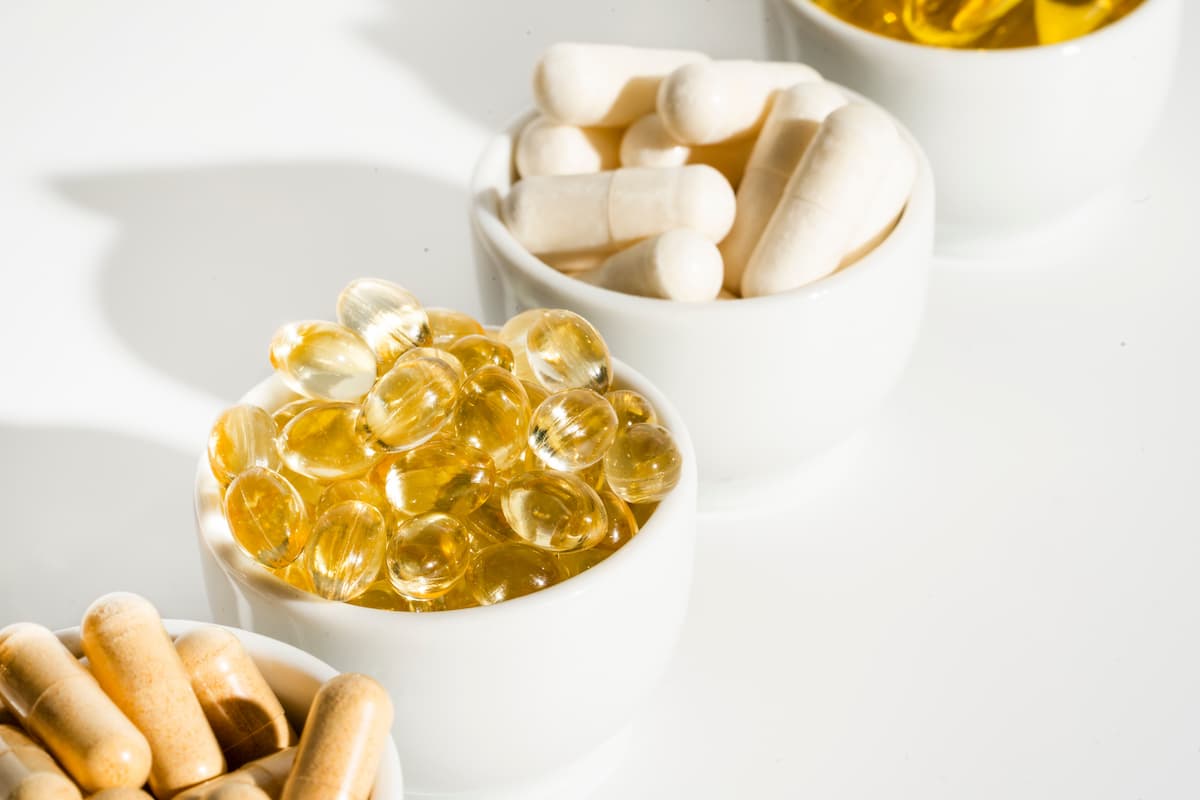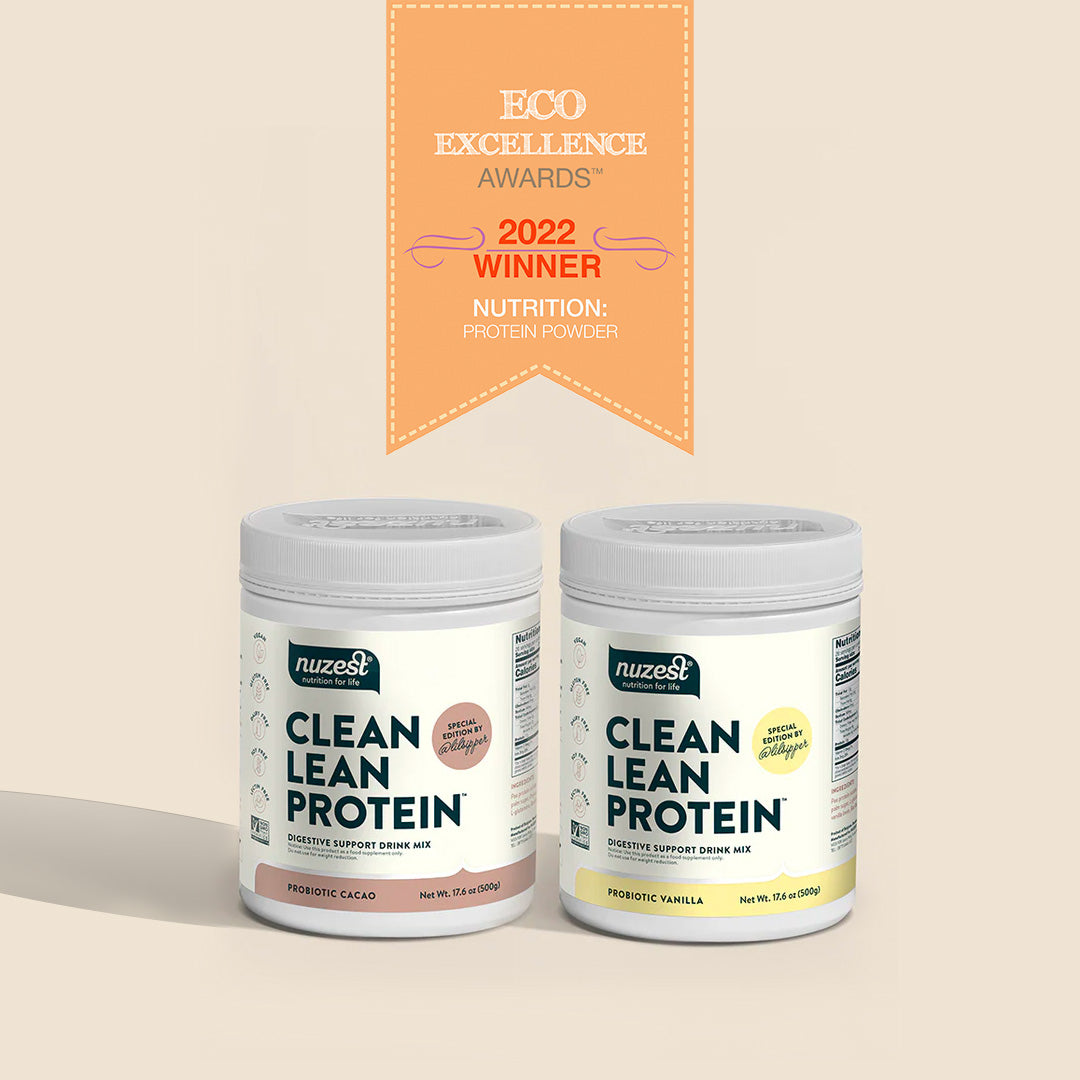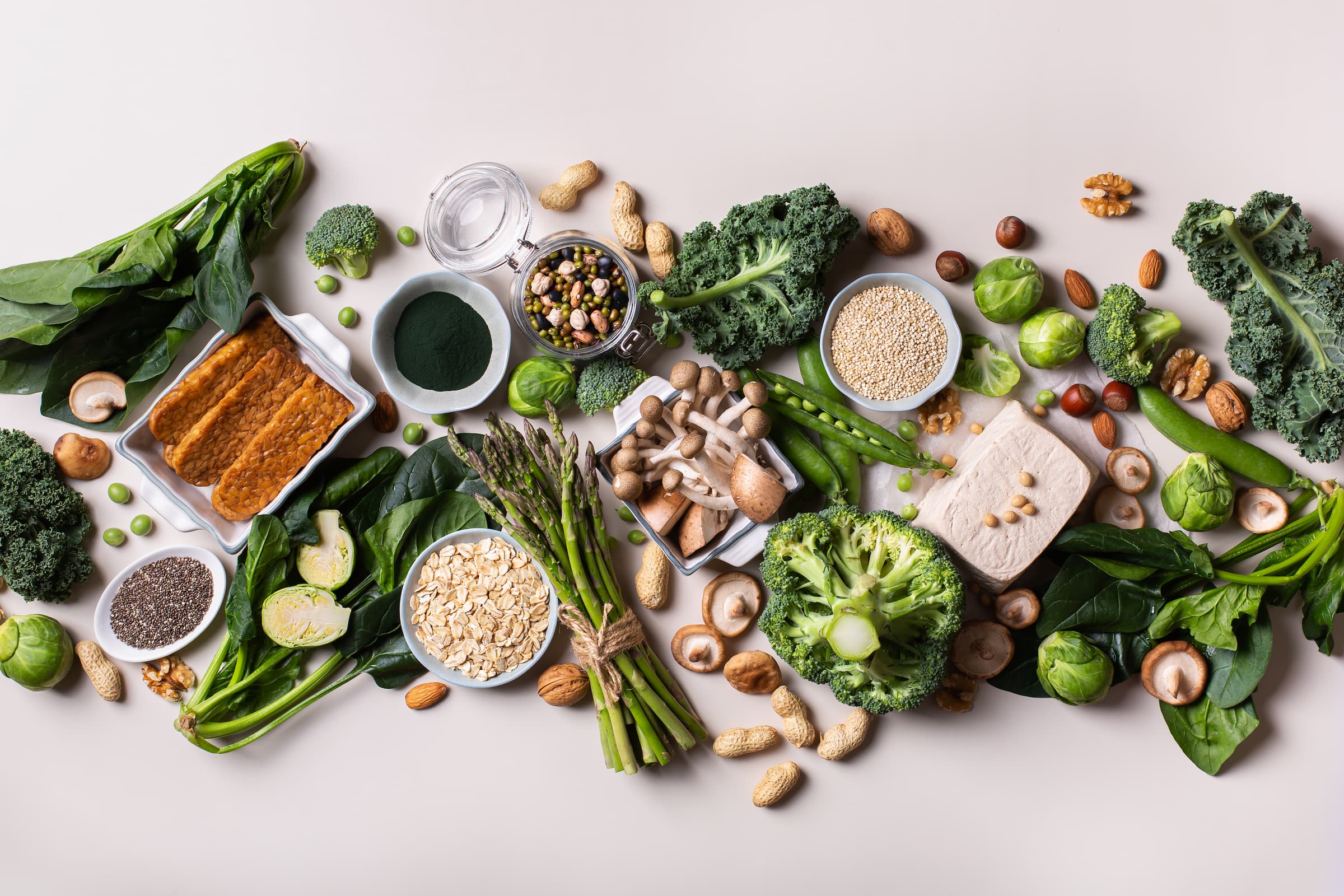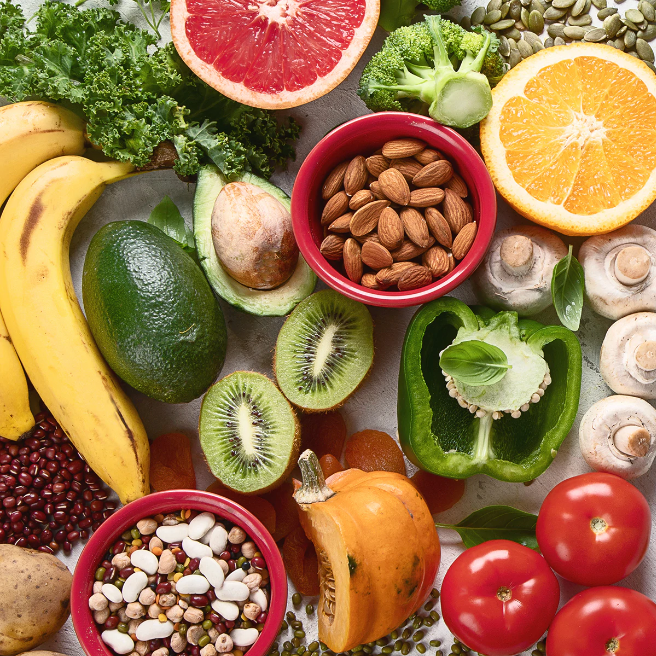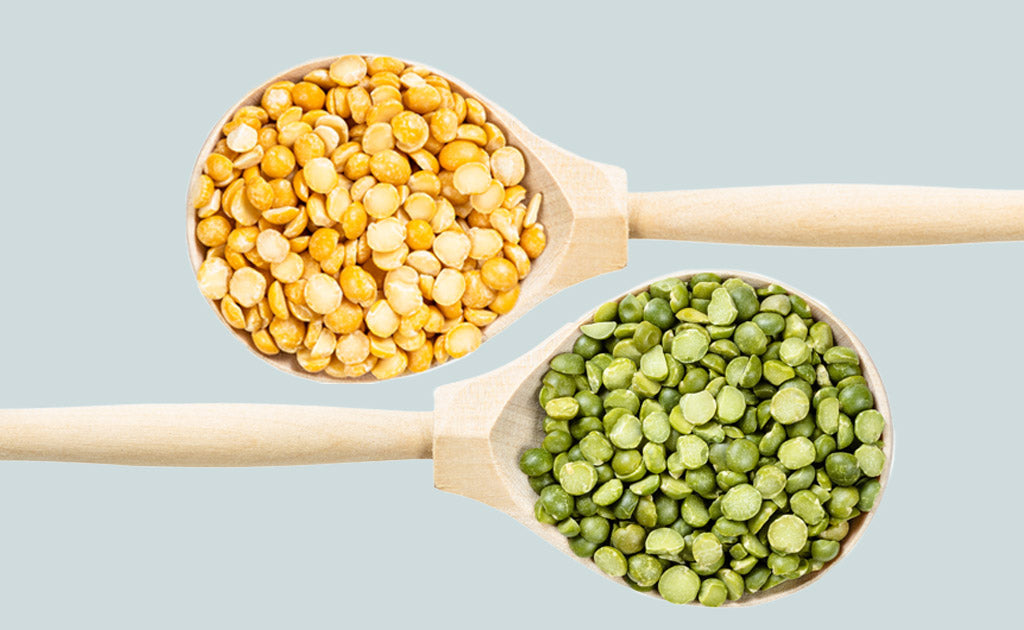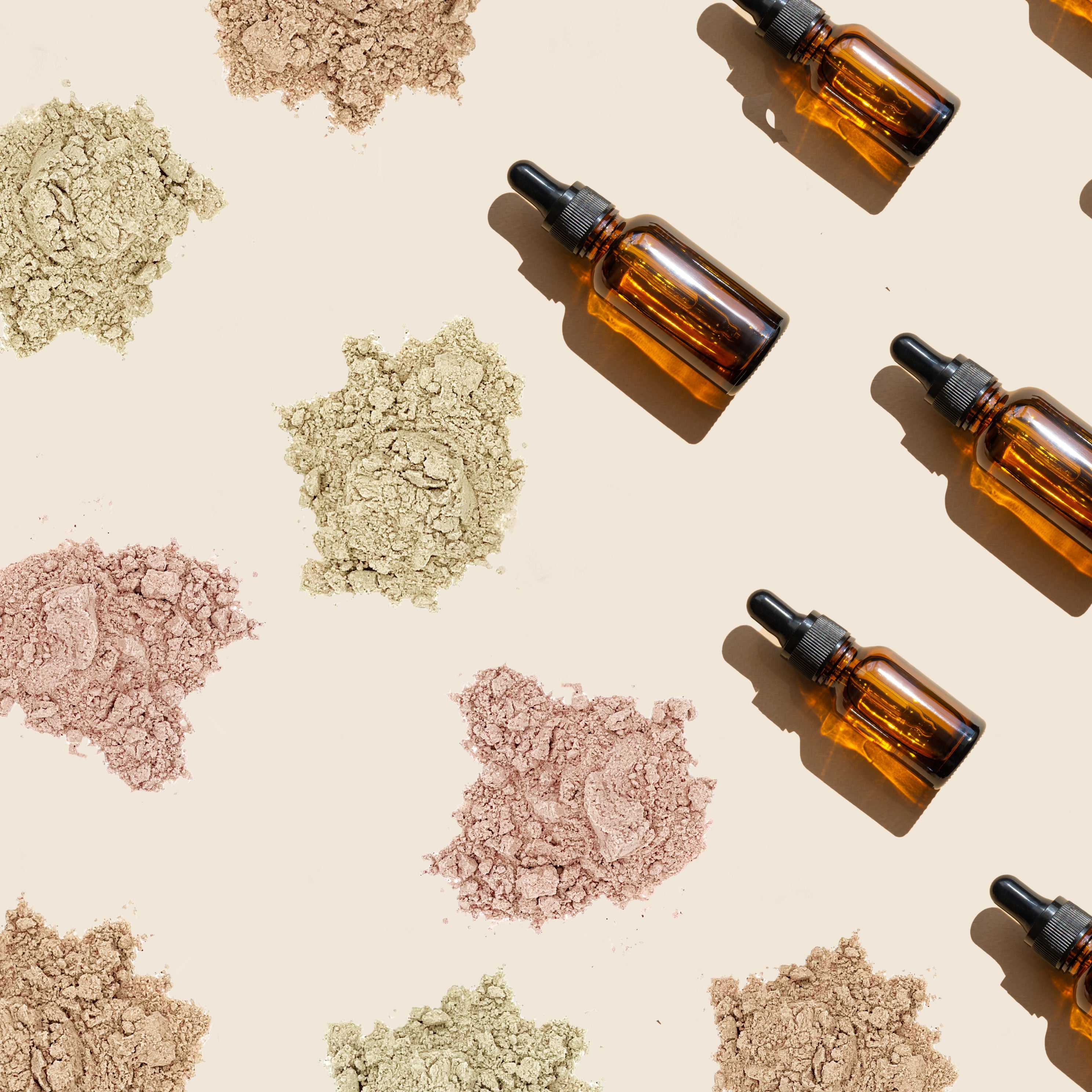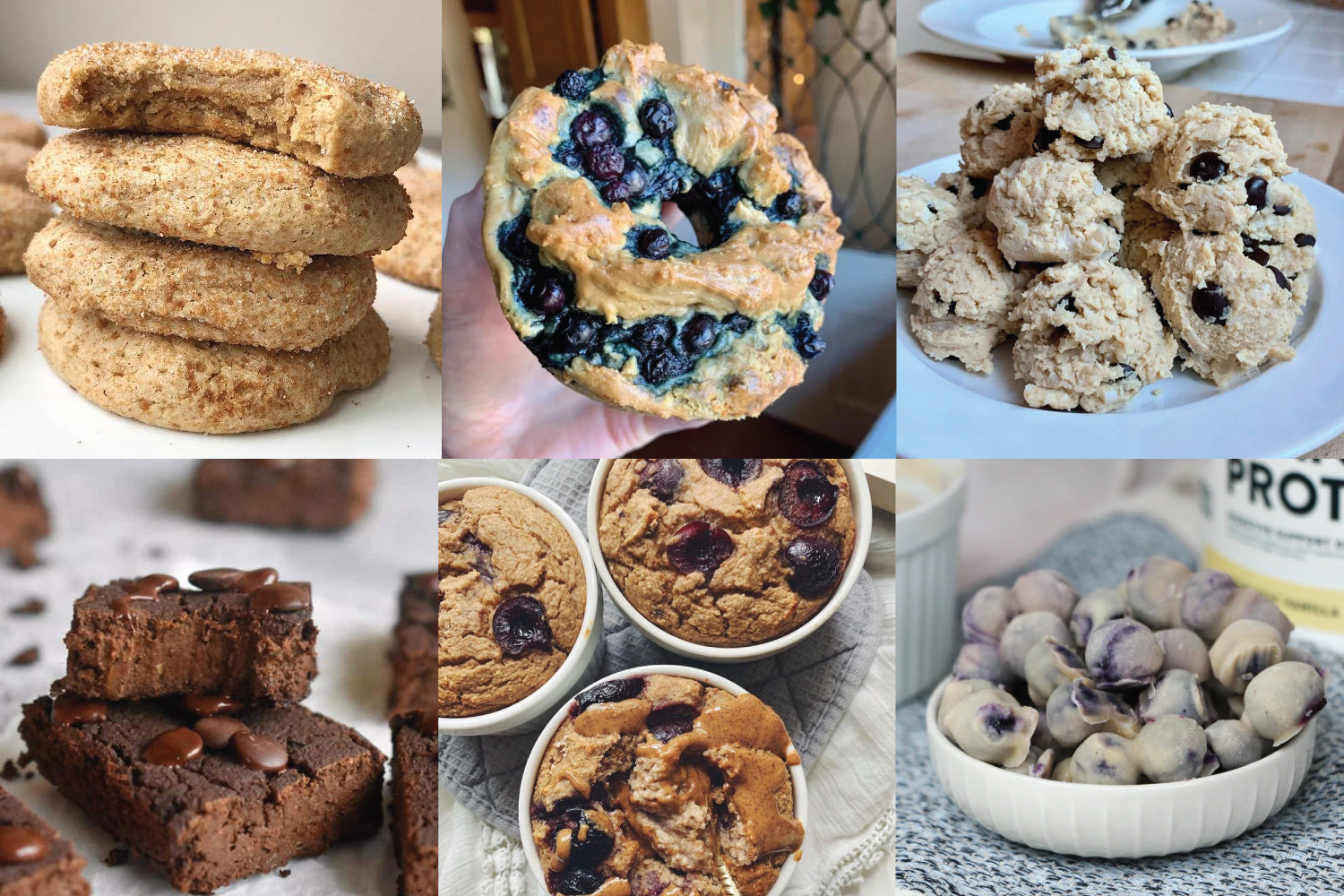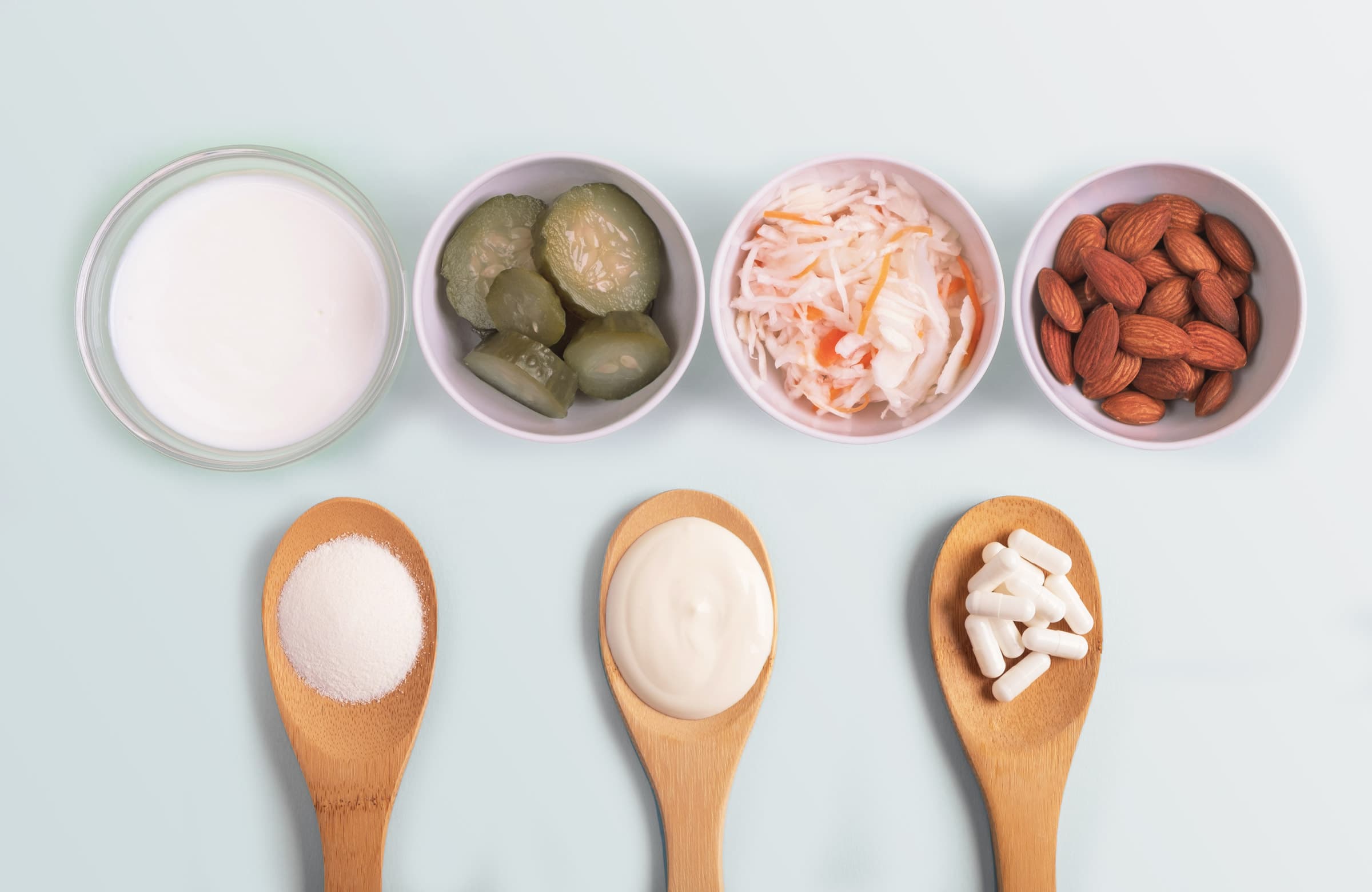AUTHOR: Cliff Harvey, PhD (Clinical Nutritionist & Researcher)
The Primal Diet, a variation of the now well-known Paleo diet, has become increasingly popular in recent years. Unsurprisingly, the background and conceptual foundation of the Primal diet are similar to those of the Paleo diet, namely that humans today are not that dissimilar to our stone-age ancestors and that we are best-suited eating foods that existed for most of our development,1 as compared to modern, ultra-refined foods. Want to learn more? Read our guide to protein and the primal diet below.
What’s the Primal Diet?
The Paleo diet seeks to emulate hunter-gatherer diets by eliminating processed and refined foods, along with any food that would not have been eaten in large amounts by stone-age people (like grains, legumes, and dairy). However, variations of the Primal diet are focused mostly on eating unprocessed foods and those that we would have eaten ancestrally for much of our development.
As such, the Primal diet has a larger “allowed” food list than a Paleo diet, and there are many variations that people apply to it. Unlike Paleo diets, Primal diets allow for some dairy (especially raw and fermented), natural sweeteners like maple syrup and honey, and even some traditional (and gluten-free) grains and sprouted legumes, as these have been used by people in small amounts in the diet since the beginning of human development. Legumes (like peas, lentils, chickpeas, and mung beans) are typically avoided on a Paleo diet, but the restriction is less strict on a Primal-style diet, so many people choose to include these if sprouted or otherwise free from anti-nutrients like phytic acid, which can inhibit the absorption of minerals, along with trypsin inhibitors and other compounds that can impair protein digestion. Traditional food preparation techniques, including cooking, soaking, and sprouting reduces the amounts of anti-nutrients available, and these small amounts are seldom a problem for people. Similarly, whole, ancestral grains in small amounts are unlikely to be a problem for most people, most of the time, and thus, they can be included in variations on the Primal diet.
Table 1. Primal food guide. By the author. Modified from The Carbohydrate Appropriate Diet

Can I have Pea Protein on a Primal Diet?
Legumes aren’t universally banned on a Primal diet, although some Primal diet devotees will eschew any processed or refined foods (which by nature includes any protein powder or supplement). On the other hand, many followers of a Primal diet do use protein powders as these can help people to conveniently meet their protein intakes for optimal health, especially if those requirements are higher due to exercise or activity. Pea protein is a popular choice for followers of Primal-style diets because it provides a convenient, extremely high-protein, and low-carb protein option that is also free from other common allergens like gluten, dairy proteins, and soy.
The Primal diet offers a wider variety of foods than the Paleo diet and while some people will choose not to consume any processed foods, many others choose to use protein powders like Clean Lean Protein because it offers a low-allergen, easy to digest, high-protein option that is practically free from anti-nutrients.
References
- Eaton SB, Konner M, Shostak M. Stone agers in the fast lane: Chronic degenerative diseases in evolutionary perspective. The American Journal of Medicine. 1988;84(4):739-49.
